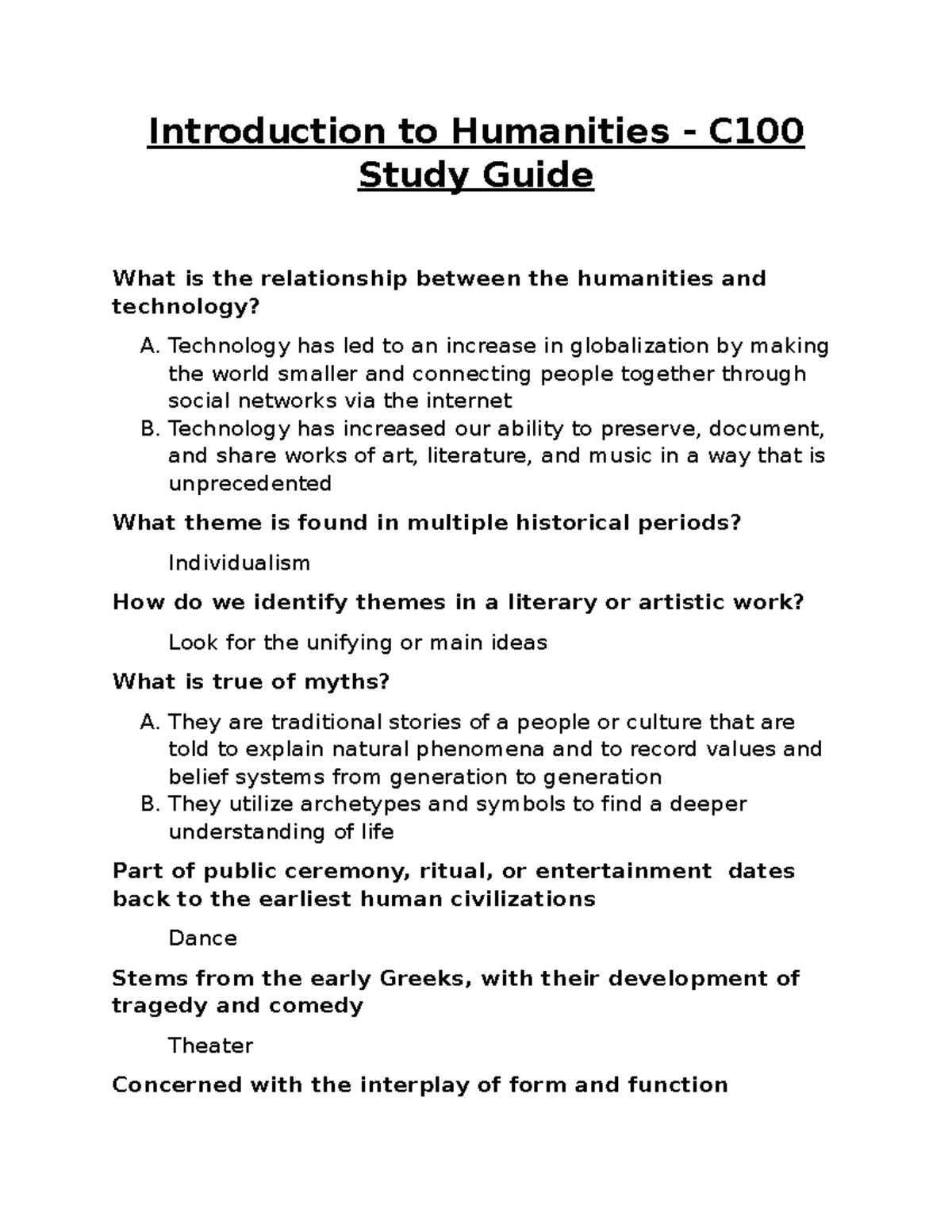Edvard Munch’s *Two Human Beings*, also known as *The Lonely Ones*, is a poignant exploration of human isolation and connection, crafted between 1906 and 1908 and currently featured at the Harvard Art Museums. This striking oil painting depicts a man and woman standing at the shore, facing away from us, embodying the essence of loneliness in art. Munch’s unique techniques bring out the emotional depth of these figures, inviting viewers to reflect on their sense of solitude even when together. The impending *Munch exhibition* at Harvard emphasizes this theme, showcasing how Munch’s art techniques evolved throughout his career. Through various iterations of *Two Human Beings*, we witness Munch’s relentless quest to encapsulate the human experience of companionship intertwined with isolation.
The iconic piece *Two Human Beings* by Edvard Munch, often referred to as *The Lonely Ones*, invites viewers into a contemplative exploration of emotional dynamics between two figures. At the heart of Munch’s work is a recurring theme that resonates with audiences—the complexity of relationships and the haunting presence of loneliness. This portrayal reflects not only his artistic mastery but also delves into larger conversations within the *Munch exhibition* at Harvard Art Museums, shedding light on how Munch’s innovative art techniques shaped his profound commentary on human existence. The painting may seem to focus on isolation, yet it also hints at connections that bind us, presenting an insightful perspective on companionship in the context of Munch’s oeuvre. Engaging with *Two Human Beings* allows us to see how Munch’s distinctive brushstrokes and layered colors contribute to a broader understanding of emotional expression in modern art.
Exploring Edvard Munch’s Artistic Techniques
Edvard Munch is renowned for his innovative techniques that have profoundly influenced the realm of modern art. His diverse approaches are particularly evident in works like ‘*Two Human Beings (The Lonely Ones)*’, where Munch skillfully intertwines various styles, including expressionism and impressionism. Through experimentation, he employed both thick applications of paint and unconventional methods like scratching into the canvas, which imbued his art with a dynamic quality. This blend of differing techniques not only exemplifies Munch’s artistic versatility but also invites viewers to engage with the emotional resonance of his subjects, highlighting themes of isolation and connection.
In the context of the Harvard Art Museums’ ‘*Munch exhibition*’, the curators have emphasized how Munch’s techniques shape the narrative within his works. The evolution of ‘*Two Human Beings*’ over four decades illustrates Munch’s ongoing dialogue with the motif. Each iteration reveals a new aspect, whether it’s the stark emotive content or the visual rhythm created through brushstrokes. This constant exploration allowed him to experiment with color variations, bringing forth a vibrant dialogue between the figures on the shore and the surrounding landscape.
The Loneliness and Companionship in Two Human Beings
‘Two Human Beings (The Lonely Ones)’ embodies a complex interplay of loneliness and companionship. Munch’s depiction of a man and woman standing side by side, yet distinctly apart, raises questions about intimate relationships and the barriers that often exist even in closeness. While the artwork is frequently interpreted as a commentary on isolation, a deeper analysis reveals that the figures are also unified by their shared experience at the shoreline. As curator Lynette Roth suggests, this connection may not always evoke alienation but can also symbolize companionship and shared contemplation, thereby complicating the viewer’s perception.
In addition, Munch’s fascination with the theme of isolation resonates throughout his oeuvre, as seen in the *Munch exhibition* at Harvard. The recurring motif highlights how solitude can manifest in crowded spaces, challenging the notion that being with someone necessarily alleviates feelings of loneliness. Roth’s insights invite a nuanced understanding of the painting, suggesting that Munch’s figures are not solely symbols of despair. Instead, they represent a complex emotional landscape, where each figure’s proximity to one another fosters an exploration of connection amidst the pervasive feeling of being alone.
Examining the emotional depth of ‘*Two Human Beings*’, it becomes evident that Munch’s exploration of loneliness in art is multifaceted. Rather than a straightforward depiction of despair, Munch’s artwork allows for various interpretations, including companionship. By conveying the intimacy of the figures in an expansive landscape, he challenges the viewer to reconsider the dynamics of human relationships. This duality enriches the viewing experience, compelling us to reflect on our understanding of belonging and isolation.
Munch’s Innovations in Printmaking
Munch’s innovative techniques in printmaking, particularly as they pertain to ‘*Two Human Beings*’, highlight his genius as an artist. Using a method akin to jigsaw puzzle assembly, he created multiple iterations of the same figures by isolating different elements, allowing him to examine their interactions in various contexts. This approach not only demonstrates his skill in manipulating medium but also reflects the psychological depth underlying his work. In each woodcut and print, the relationship of the figures changes, revealing Munch’s intention to explore emotional resonance through the fluidity of form.
The *Munch exhibition* at Harvard Art Museums showcases how these printmaking techniques enrich the understanding of Munch’s themes. The separation of the two figures in the prints encapsulates the tension between companionship and solitude, reflecting Munch’s exploration of human relationships. The ability to convey complex emotions through variations in technique and composition establishes Munch as a pivotal figure in the evolution of modern art. His prints, much like his paintings, offer viewers an invitation to delve into the emotional landscapes he crafted, where every visual detail contributes to the narrative of connection and loneliness.
The Role of Color and Emotion in Munch’s Art
Color plays a crucial role in Edvard Munch’s exploration of emotion within his artworks, particularly in ‘*Two Human Beings*’. His use of color not only enhances the visual appeal but also deepens the emotional impact of the narrative. Munch’s palettes shift dramatically across different iterations of the motif, transitioning from subdued hues to vibrant combinations. Such variations not only depict the emotional states of the figures but also serve as a means of connecting the viewer to the underlying themes of companionship and isolation.
In the context of the *Munch exhibition*, the exploration of color reveals how it can influence perception and evoke feelings. Roth notes that Munch’s application of color can induce a sense of vibrancy and dynamism, which contrasts with the solitary positioning of the figures. This layering of color and emotional depth in works like ‘*Two Human Beings*’ invites viewers to experience each iteration uniquely. By examining the intersection of color and emotion, Munch’s art becomes a profound commentary on the complexity of human relationships, reflecting both the beauty and the pain of connection.
The Evolution of Munch’s Artistic Themes
Over the course of four decades, Edvard Munch’s themes evolved while maintaining a coherent focus on human emotion and psychological depth. His motif of ‘*Two Human Beings*’ reflects a journey that intertwines the artist’s personal experiences with broader societal themes. From its inception in the early 1890s to later adaptations, Munch’s exploration of these figures mirrors his confrontations with love, loneliness, and the human condition. Each iteration sheds light on the artist’s evolving understanding of these complex themes and showcases his burgeoning mastery of artistic techniques.
In the current *Munch exhibition* at Harvard, viewers can trace the thematic transformations throughout his career, seeing how Munch’s iterated subjects gained layers of meaning over time. The recurrence of the figures amidst shifting landscapes raises poignant questions about the nature of human connection. Munch’s dedication to returning to these themes suggests a deep fascination with the psychological intricacies of relationships, reinforcing the notion that art can be a powerful medium for exploring the essence of existence. Thus, ‘*Two Human Beings*’ serves as both a personal reflection for Munch and a universal exploration of life’s emotional landscape.
Munch and Concepts of Human Isolation
Themes of isolation are prominent within Edvard Munch’s body of work, particularly exemplified in ‘*Two Human Beings (The Lonely Ones)*’. While often associated with despair, Munch’s interpretation of loneliness invites viewers to contemplate its nuances. The two figures in his painting, positioned side by side yet looking away from each other, encapsulate moments of togetherness intertwined with profound solitude. This duality prompts viewers to engage with their interpretations of relationships and the emotional spaces that often define them.
Recent discussions at the *Munch exhibition* further examine how these themes of solitude continue to resonate in contemporary society. With growing interest in mental health and the human experience, Munch’s exploration of loneliness is more relevant than ever. The figures in ‘*Two Human Beings*’ serve as a visual metaphor for the modern experience of disconnectedness, prompting reflections on how individuals relate to one another in an increasingly fragmented world. Through this lens, Munch’s oeuvre transcends time, offering enduring insights into human emotion.
Munch’s Legacy in Modern Art
Edvard Munch’s artistic contributions have left an indelible mark on modern art, influencing generations of artists. His motif ‘*Two Human Beings*’ is part of a broader narrative that illustrates how personal struggles can cultivate profound artistic innovation. His exploration of themes surrounding love, absence, and the complexity of human emotion paved the way for future movements in art, particularly expressionism. At the *Munch exhibition*, visitors can witness the evolution of Munch’s work and appreciate how his thematic concerns resonate within contemporary practice.
As we engage with Munch’s legacy, it’s crucial to recognize that his work broke boundaries between art and personal narrative. His continual return to motifs such as ‘*Two Human Beings*’ invites us to reflect on our shared human experiences of longing and connection. Munch’s innovative techniques and courageous exploration of emotional depths significantly shaped the trajectory of modern art, ensuring that his insights continue to resonate with audiences today. The artistic dialogue initiated by Munch remains vibrant, reminding us of the power of art to convey complex emotional landscapes.
Encountering Themes of Contemplation in Munch’s Works
Themes of contemplation are prevalent in Edvard Munch’s art, especially in ‘*Two Human Beings (The Lonely Ones)*’. The positioning of the figures against a vast seascape invites an introspective reading of their experiences and mental states. This motif, characterized by a shared moment of stillness, resonates with viewers and encourages reflection on our own experiences of solitude and reflection. Munch’s artistry evokes a sense of pause, compelling us to consider the implications of presence and absence in our relationships.
The *Munch exhibition* at Harvard Art Museums highlights these contemplative qualities by showcasing how the artist’s repetitive engagement with themes of companionship and loneliness elucidates the complexity of human emotions. Each iteration offers a different emotional texture, inviting viewers to navigate the landscape of solitude and connection through the lens of Munch’s experiences. Thus, Munch’s explorations can serve both as a mirror and a window—reflecting our own thoughts while allowing us to engage deeply with the existential contemplations he crafts in his art.
Munch’s Influences on Contemporary Art
The impact of Edvard Munch on contemporary art is profound, particularly in how themes of emotion and psychological exploration are approached by modern artists. His unique view of human experiences, as articulated in works like ‘*Two Human Beings (The Lonely Ones)*’, has inspired a multitude of artists who strive to convey complex emotional narratives. The integration of psychological depth and stylistic innovation in Munch’s art serves as a foundation for contemporary exploration of similar themes, bridging the gap between historical and modern practices.
In the context of the *Munch exhibition* at Harvard, viewers can discern how elements of Munch’s style and thematic choices permeate contemporary art. Artists today grapple with isolation, connection, and the human condition—concepts firsthand examined by Munch. By studying his works, such as ‘*Two Human Beings*’, modern artists continue to expand upon these foundational explorations of emotion, employing Munch’s legacy to redefine how vulnerability and connection are portrayed in art. Ultimately, Munch’s influences will endure as a fundamental reference point for discussions surrounding emotional expression and artistic innovation.
Frequently Asked Questions
What is the significance of Edvard Munch’s painting ‘Two Human Beings’?
‘Two Human Beings (The Lonely Ones)’ showcases Edvard Munch’s exploration of isolation and companionship. Painted between 1906-1908, this artwork reflects Munch’s lifelong preoccupation with the theme of human connection against a backdrop of loneliness, an integral part of his artistic narrative.
How does Edvard Munch depict loneliness in ‘Two Human Beings’?
In ‘Two Human Beings’, Munch illustrates loneliness through two figures standing side by side yet facing away from each other, emphasizing emotional distance despite physical proximity. This motif, which Munch revisited throughout his career, articulates the complex nature of human relationships and solitude.
Where can I view Edvard Munch’s ‘Two Human Beings’?
The painting ‘Two Human Beings’ is part of the collection at the Harvard Art Museums. It is featured in the exhibition ‘Edvard Munch: Technically Speaking’, which provides deeper insights into Munch’s techniques and thematic explorations.
What materials and techniques did Munch use in ‘Two Human Beings’?
Edvard Munch utilized oil on canvas for ‘Two Human Beings’, employing a combination of traditional painting techniques alongside innovative methods such as layering, color contrasts, and leaving sections of canvas exposed to create a sense of dynamism and emotional resonance.
How did Edvard Munch’s artworks evolve over time with respect to ‘Two Human Beings’?
Munch’s repeated iterations of ‘Two Human Beings’ reveal his evolving artistic vision, as he explored various techniques and styles. His experimentation with colors and forms in different media—like prints and paintings—demonstrates his ongoing investigation of human emotion and isolation.
What themes does Munch explore in his ‘Two Human Beings’ series?
The themes in Munch’s ‘Two Human Beings’ series include isolation, contemplation, and the exploration of emotional connections. Despite the initial impression of loneliness, Munch’s later reflections suggest a more connected experience between the figures and their environment.
Why did Munch keep returning to the motif of ‘Two Human Beings’?
Munch’s continual return to the motif of ‘Two Human Beings’ indicates his deep fascination with the human condition. Each new version allowed him to reinterpret themes of love, loneliness, and the interplay between individuals and their surroundings.
What can audiences learn from the ‘Two Human Beings’ exhibition at Harvard Art Museums?
The ‘Two Human Beings’ exhibition at Harvard Art Museums offers audiences insights into the psychological depth of Munch’s work, showcasing the artist’s innovative techniques while inviting viewers to consider the nuances of human relationships and emotional expression in art.
| Key Points |
|---|
| Edvard Munch’s painting ‘Two Human Beings (The Lonely Ones)’ reflects a 40-year obsession with the motif of a man and woman at the shore. |
| The figures, although side by side, illustrate themes of isolation and emotional connection. |
| Munch’s exploration of this motif included various mediums such as paintings, etchings, and woodblock prints, leading to many iterations. |
| The painting demonstrates Munch’s innovative techniques, leaving raw canvas and incorporating visible sketches. |
| Munch’s treatment of flaws and imperfections in his work invites deeper interpretation beyond mere loneliness. |
| The current exhibition at Harvard Art Museums showcases 70 of Munch’s works, emphasizing his artistic journey and technical mastery. |
Summary
Edvard Munch’s Two Human Beings exemplifies the artist’s enduring fascination with the complex nature of human connection and isolation. Through a meticulous examination of this motif over decades, Munch explores emotional depth and the nuances of companionship in his artwork. The exhibition at Harvard Art Museums not only highlights the evolution of his painting techniques but also encourages viewers to reconsider the interpretations of loneliness, suggesting that the figures might share a profound bond. Ultimately, Munch’s mastery in capturing the human experience invites us all to reflect on our relationships with others, making Two Human Beings a significant piece in understanding both his art and the human condition.



